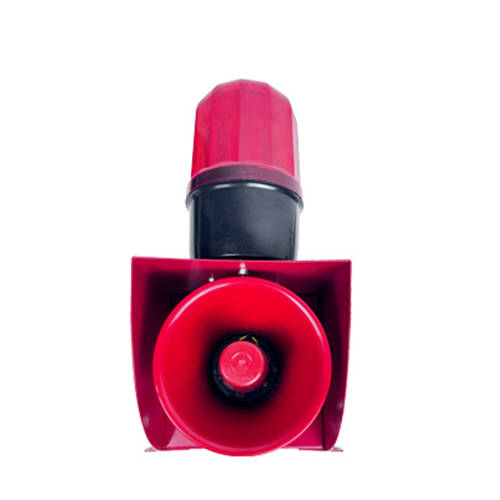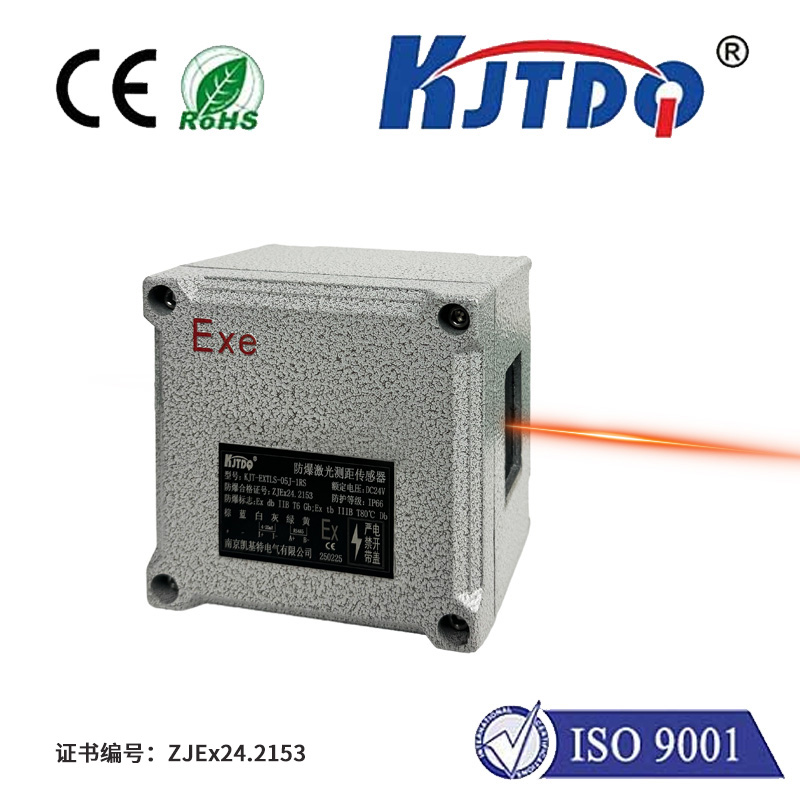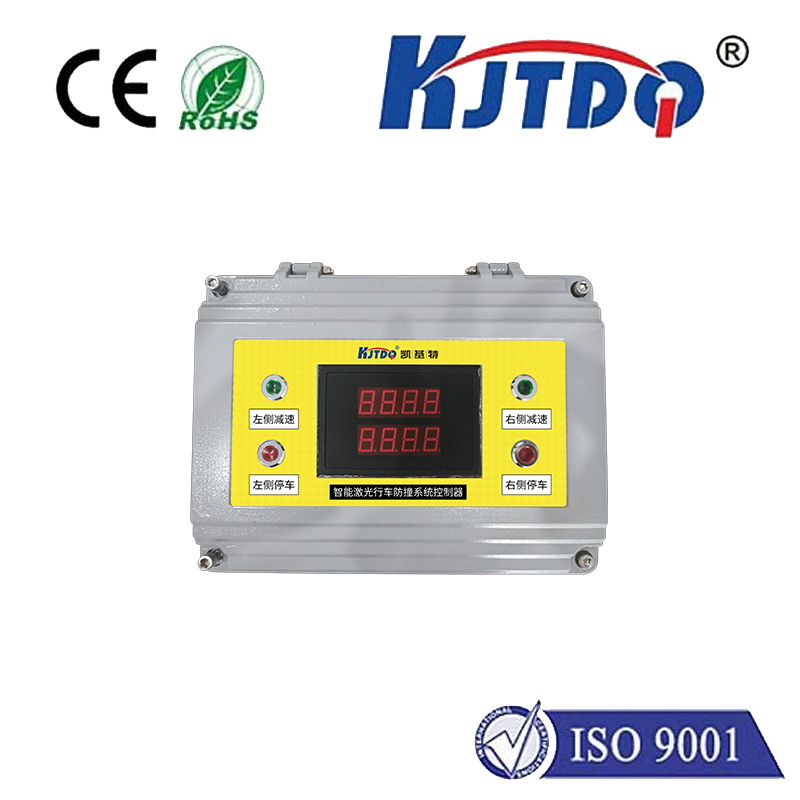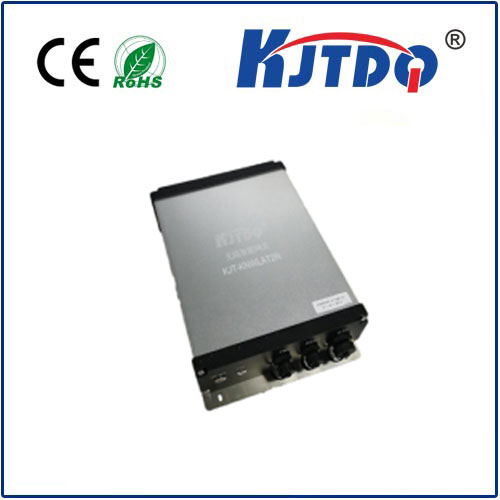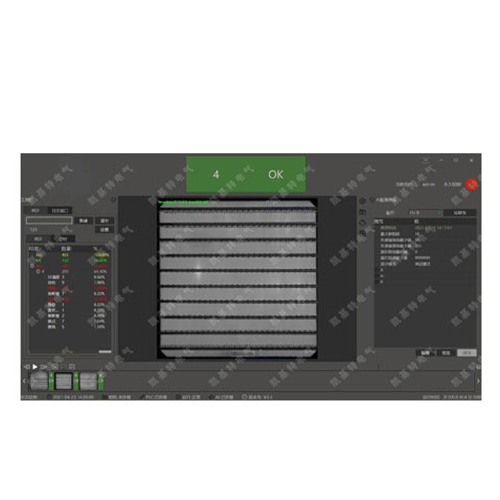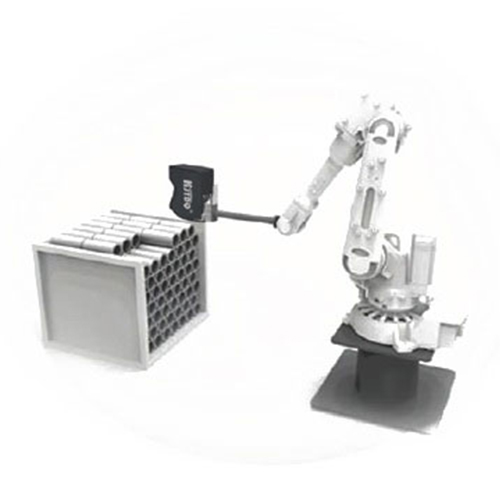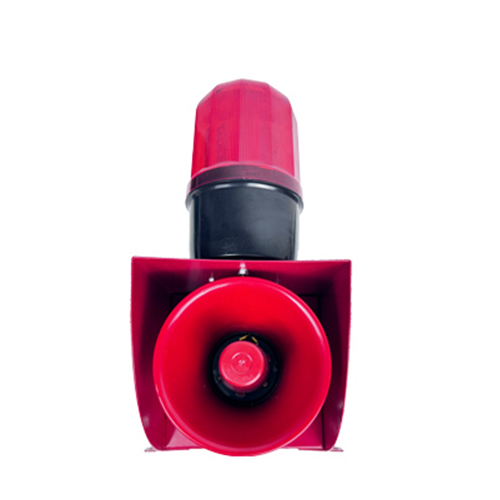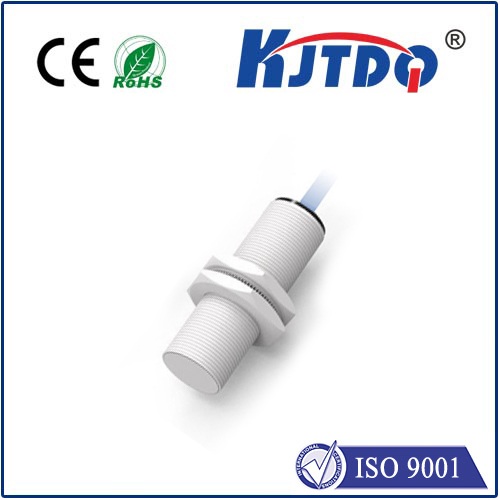Laser Particle Counter Sensors: Revolutionizing Precision in Air Quality and Industrial Monitoring Imagine working in a cleanroom where a single speck of dust could compromise the integrity of microchips or pharmaceuticals. Or picture living in a city where air pollution levels fluctuate invisibly, impacting millions of respiratory systems daily. In both scenarios, laser particle counter sensors serve as the unsung heroes, delivering real-time data to safeguard health, processes, and environments. This article explores how these advanced devices work, their transformative applications, and why they’re indispensable in today’s data-driven world.
А.датчик лазерного счетчика частиц is a high-precision instrument designed to detect and quantify microscopic particles in air or liquids. By leveraging laser-based optical technology, it measures particle size and concentration, providing actionable insights for industries ranging from healthcare to manufacturing. Unlike traditional methods, these sensors offer real-time monitoring, exceptional accuracy, and minimal human intervention.
The core principle revolves around light scattering. Here’s a simplified breakdown:
From ensuring sterile environments to optimizing industrial processes, these sensors are versatile tools. Below are their most impactful use cases:

In industries like semiconductor manufacturing or drug production, even nanoscale contaminants can lead to costly defects. Laser particle counters provide continuous airborne particle monitoring, ensuring compliance with ISO 14644-1 standards. For example, a single sensor can alert technicians if particle levels exceed thresholds, preventing batch failures.
With rising awareness of health risks linked to PM2.5 and allergens, these sensors are now integrated into HVAC systems and air purifiers. They detect pollutants like dust, pollen, and mold spores, enabling smart ventilation systems to adjust airflow dynamically.
Mining, construction, and chemical industries rely on particle counters to monitor workplace air quality. By identifying hazardous particulate levels—such as silica dust or asbestos—they help enforce OSHA regulations and protect worker health.
Hospitals use laser particle sensors to maintain sterile surgical environments and monitor airborne pathogens. During the COVID-19 pandemic, their role expanded to track aerosol transmission risks in crowded spaces.
Traditional gravimetric sampling involves collecting particles on filters and weighing them—a slow, labor-intensive process. In contrast, laser-based systems offer:
Not all sensors are created equal. Consider these factors when selecting a device:
Innovations are pushing the boundaries of what these sensors can achieve:
As industries and consumers alike prioritize precision and sustainability, laser particle counter sensors have evolved from niche tools to mainstream essentials. Whether optimizing a manufacturing line or safeguarding home air quality, their ability to turn invisible particles into actionable data is reshaping how we interact with our environments. By staying ahead of technological trends—from AI integration to miniaturization—these sensors will continue to play a pivotal role in building safer, cleaner, and more efficient systems worldwide.
